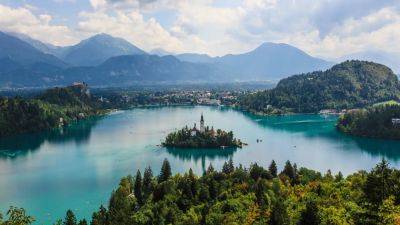In 2016, the European Commission first introduced the idea of a new pre-entry requirement that many likened to a tourist visa. After years of delays and false starts, the European Travel Information and Authorisation System (ETIAS) was set to launch in early 2024, but a recent statement revealed that implementation has been postponed yet again.
Sydney Is Going Greener—Here's How Visitors Can Get in on the Action
12.10.2023 - 22:19 / cntraveler.com
In the waters beneath Sydney’s iconic opera house, an artificial reef is thriving. The five-year-old addition, which now hosts the endangered White’s seahorse, is joined by newly-planted seagrass meadows, kelp forests, and hundreds of living sea walls, all of which are helping to bring biodiversity back to Sydney Harbor. Both below and above the water's surface, the city—the country’s most populous and most-visited—is taking big steps toward sustainability.
Since the early aughts, Sydney has been working to up its eco cred (including hosting the “green” Olympic Games in 2000), cutting carbon emissions, investing in urban tree cover, and reducing waste. The city’s business district, an urban core known as the City of Sydney, went carbon-neutral in 2007, and for the past three years its businesses have operated entirely on 100 percent renewable energy. Of course, its journey towards sustainability hasn't been an entirely smooth one; the city’s urban sprawl makes car-free transit nearly impossible, and gaps in the bike infrastructure make it hard to navigate on two wheels (though the city government is building 30 “strategic cycling corridors”). Not to mention, the issue of climate responsibility remains deeply divisive in Australia, which is one of the world’s highest contributors to greenhouse gasses.
The Sydney Opera House supports an artificial reef that's helping to support marine life in the city's harbor.
Despite this misalignment, Sydney offers tourists the chance to eat ethically procured (and produced) food, engage with the native outdoors, and even get involved directly through beach cleanups and eco tourism. When I visited the city for the first time this year, I set out to discover some of its environmental efforts for myself. Though my stay was short, at just three days total, in that time I was able to drink, learn, and explore with the environment in mind; here's how you can, too.
My first stop was a pop-up from Canopy Café at The Rocks Market, a weekend purveyor located in a historic district of the same name at the foot of Sydney’s Harbor Bridge. The café, as well as its parent bar Daintree Sydney, donates 50 percent of its profits to the Daintree rain forest through HalfCut, a nonprofit that partners with the Kuku Yalanji people to rewild the forest before restoring traditional custodianship of the land. Bonus: The cafe uses locally roasted organic coffee beans, while the bar specializes in cocktails made with native ingredients and locally sourced spirits, where possible. The Rosella Tropic, made with Australian vodka, highlights the country's rosella flower, and the bar's daiquiri is made with quandong, a desert fruit tree known as the native peach.
In Sydney, the restaurant Nomad
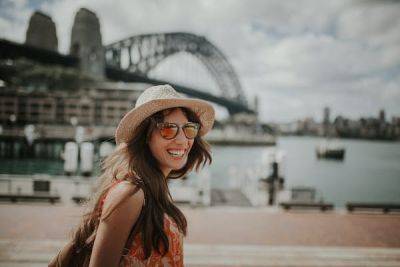
13 things to know before you go to Sydney
Sydneysiders, like most Australians, are genuinely friendly people – they just want visitors to have a good time and take fond memories with them when they go home. That said, there are some things to know about visiting one of Australia's most intriguing cities.

I traveled around Luxembourg, one of the world's wealthiest and most sustainable countries. I found 2 ways I can make my next visit more eco-friendly.
When I started planning my trip to Luxembourg earlier this year, I had one thing in mind: affordable luxury.
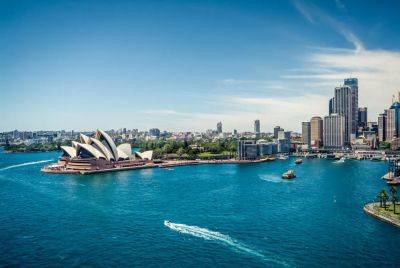
Where To Eat And Drink In Sydney, Australia
“The best things about Sydney are free,” resident Russell Crowe famously said — and with good reason. The Sydney limits boast over 100 free beaches (for surfing, loafing, and soaking in the sun), handfuls of stunning coastal walkways, and endless public plunge pools, national parks, and festivals sprinkled all over the city.

How to get around Los Angeles without breaking your budget or your spirit
Los Angeles is one of the most diverse cities in the US, and its sprawling landscape is sometimes overwhelming and unfamiliar to visitors.
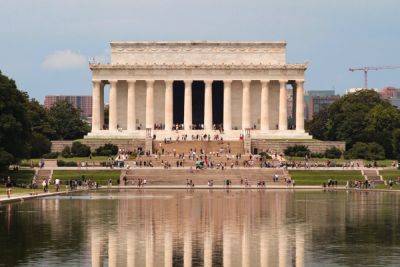
Washington to Roll Out 'There’s Only One DC' Tourism Campaign
Destination DC will be aggressively promoting Washington’s unique attractions and experiences in a $20 million campaign set to launch Wednesday.

Traveling to Europe is changing for millions of tourists. Here’s what to know.
Europe has delayed yet again its new visa waiver system, which by May 2025 will require travelers from the United States and dozens more countries to get pre-approval to enter most European nations.
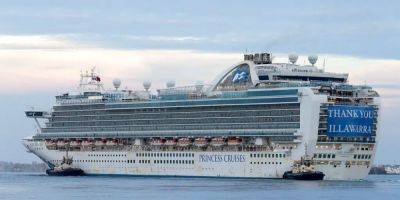
Carnival went ahead with a cruise despite the 'significant risk' of a coronavirus outbreak, judge rules
CANBERRA, Australia (AP) — A cruise operator that failed to cancel a voyage from Sydney that led to a major COVID-19 outbreak was ruled negligent in its duty of care to passengers in an Australian class-action case Wednesday.
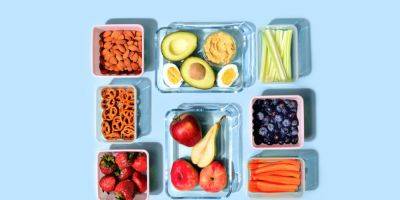
Yes, You Can Bring Food Through TSA—With Some Exceptions
Food is my go-to gift when visiting friends, a favorite souvenir to bring home, and usually an essential item on my packing list. So, more often than not, I’ve stashed some sort of tasty treat in my carry-on—which sometimes causes a little delay at TSA checkpoints. Over the years, I’ve had yogurt confiscated, pâté tossed away, and hot chocolate mix sent through additional screening by TSA agents. But I’ve also had countless protein bars, chips, and sandwiches pass through without a problem.
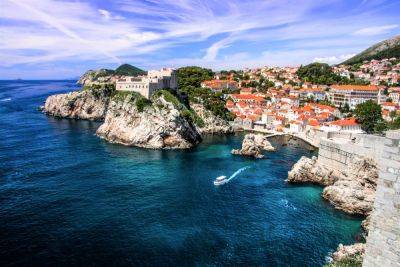
Joint US Promotional Campaign Driving Visitors to Croatia and Slovenia
In collaboration with the European Travel Commission, the Croatian National Tourist Board and the Slovenian Tourist Board are continuing their joint promotional campaign, "Naturally Yours - Taste, Feel, Love."

The ultimate guide to getting around Australia
Australia is the sixth-largest country in the world, with very different regions and climates. Deciding where to go – and how to get there – requires some major planning.

On Its 50th Anniversary, the Sydney Opera House Remains a Beacon of Sustainable Design
For the last five decades, the Sydney Opera House has been a global spectacle: with its whimsical rooftop sails and prime location on the Sydney Harbour, it has become not only the city's most recognizable symbol, but that of all of Australia. While presiding over the building's October 20, 1973, opening, the late Queen Elizabeth II called it “unique”—and while its architecture certainly remains a standout feature, what makes the structure truly forward-thinking is the degree to which Danish architect Jørn Utzon drafted it with sustainability in mind.
